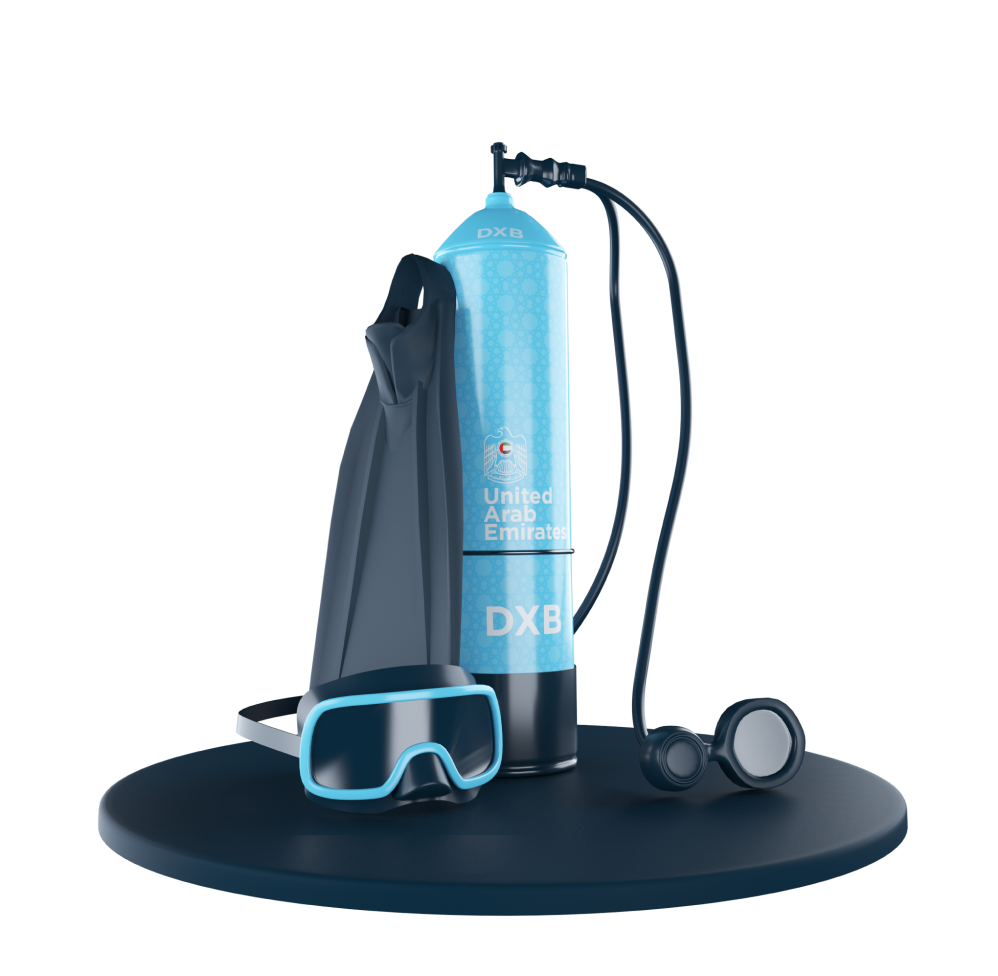

Dubai’s history with the sea dates back 7,000 years according to historical and archaeological evidence. Dhow building, pearl diving, fishing, importing and exporting are all part of that tradition and the sea remains a fundamental part of Dubai’s economy today.
His Highness Sheikh Mohammed’s vision for Palm Jumeirah included ensuring it positively impacted the environment . Early surveys indicate the Palm Jumeirah’s proposed sites were areas of barren seabed with virtually no life.
In 2005, Nakheel launched operation “Fish Rescue” during which 1,869 specimens of more than thirty species were relocated to a safe habitat within the coffer dam that was constructed to build the sub-sea tunnel

In 2005, two Runde reefs and a Svenner reef were placed near the breakwater. Each Runde reef consisted of a central concrete cylinder 2.5 m in height and 1.4 m in diameter with 14 rows of plastic pipes radiating outwards, totaling 300 metres in length. The pipes are made of recycled, non-toxic polyethylene, which is light, tough, and flexible. Together, the cylinder and plastic pipes provided a 300 m² surface area.
The Svenner reef comprised a horizontal concrete half-pipe with a surface and holes for habitat cultivation. The deployed Svenner reef was modified with polythene pipes inserted at regular intervals along its length.
Within six months, the Runde reefs had become a habitat for much life, including several species of fish which are otherwise almost exclusively associated with natural coral reefs.
The monitoring of the reefs, water column and seabed started in January 2005 and continued until February 2007. Monitoring was conducted by Scuba divers using visual inspection combined with video and photography. The degree of colonization was monitored for a 25-month period

Palm Jumeirah also has provided more than 2 Km² (200 hectares) of sea grass which provide a rich ecological environment where fish and other life can thrive.
The Emirates Marine Environmental Group (EMEG), the first marine environmental group in the UAE, collaborated and participated actively in ensuring Palm Jumeirah’s biodiversity preservation. The group also maintains the coastal sanctuary and reserve on Dubai’s western border.